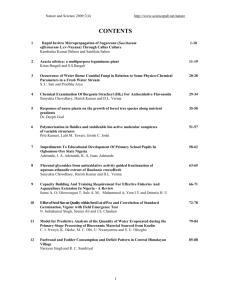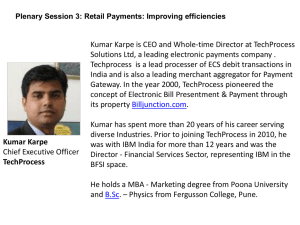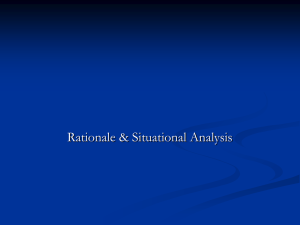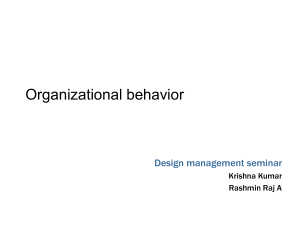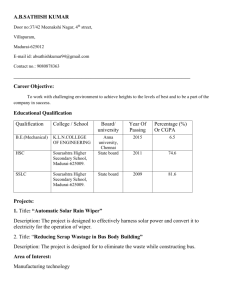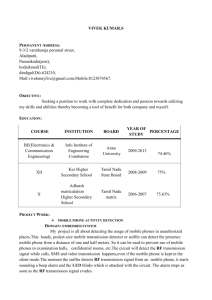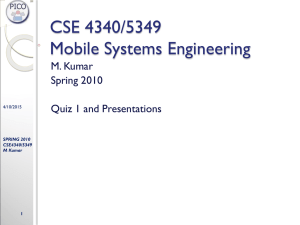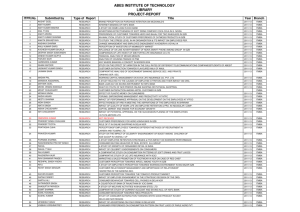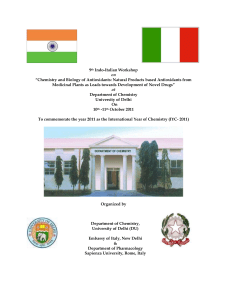Abstract
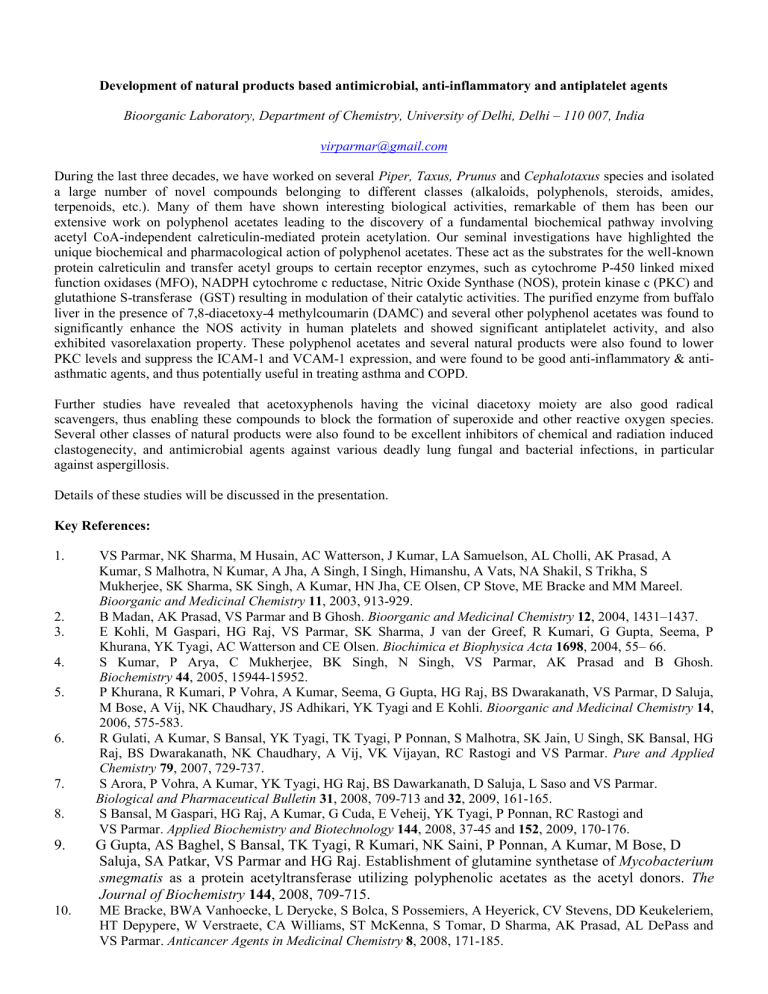
Development of natural products based antimicrobial, anti-inflammatory and antiplatelet agents
Bioorganic Laboratory, Department of Chemistry, University of Delhi, Delhi – 110 007, India virparmar@gmail.com
During the last three decades, we have worked on several Piper, Taxus, Prunus and Cephalotaxus species and isolated a large number of novel compounds belonging to different classes (alkaloids, polyphenols, steroids, amides, terpenoids, etc.). Many of them have shown interesting biological activities, remarkable of them has been our extensive work on polyphenol acetates leading to the discovery of a fundamental biochemical pathway involving acetyl CoA-independent calreticulin-mediated protein acetylation. Our seminal investigations have highlighted the unique biochemical and pharmacological action of polyphenol acetates. These act as the substrates for the well-known protein calreticulin and transfer acetyl groups to certain receptor enzymes, such as cytochrome P-450 linked mixed function oxidases (MFO), NADPH cytochrome c reductase, Nitric Oxide Synthase (NOS), protein kinase c (PKC) and glutathione S-transferase (GST) resulting in modulation of their catalytic activities. The purified enzyme from buffalo liver in the presence of 7,8-diacetoxy-4 methylcoumarin (DAMC) and several other polyphenol acetates was found to significantly enhance the NOS activity in human platelets and showed significant antiplatelet activity, and also exhibited vasorelaxation property. These polyphenol acetates and several natural products were also found to lower
PKC levels and suppress the ICAM-1 and VCAM-1 expression, and were found to be good anti-inflammatory & antiasthmatic agents, and thus potentially useful in treating asthma and COPD.
Further studies have revealed that acetoxyphenols having the vicinal diacetoxy moiety are also good radical scavengers, thus enabling these compounds to block the formation of superoxide and other reactive oxygen species.
Several other classes of natural products were also found to be excellent inhibitors of chemical and radiation induced clastogenecity, and antimicrobial agents against various deadly lung fungal and bacterial infections, in particular against aspergillosis.
Details of these studies will be discussed in the presentation.
Key References:
1. VS Parmar, NK Sharma, M Husain, AC Watterson, J Kumar, LA Samuelson, AL Cholli, AK Prasad, A
Kumar, S Malhotra, N Kumar, A Jha, A Singh, I Singh, Himanshu, A Vats, NA Shakil, S Trikha, S
Mukherjee, SK Sharma, SK Singh, A Kumar, HN Jha, CE Olsen, CP Stove, ME Bracke and MM Mareel.
Bioorganic and Medicinal Chemistry 11 , 2003, 913-929.
2.
3.
B Madan, AK Prasad, VS Parmar and B Ghosh. Bioorganic and Medicinal Chemistry 12 , 2004, 1431–1437.
E Kohli, M Gaspari, HG Raj, VS Parmar, SK Sharma, J van der Greef, R Kumari, G Gupta, Seema, P
4.
5.
6.
Khurana, YK Tyagi, AC Watterson and CE Olsen. Biochimica et Biophysica Acta 1698 , 2004, 55– 66.
S Kumar, P Arya, C Mukherjee, BK Singh, N Singh, VS Parmar, AK Prasad and B Ghosh.
Biochemistry 44 , 2005, 15944-15952.
P Khurana, R Kumari, P Vohra, A Kumar, Seema, G Gupta, HG Raj, BS Dwarakanath, VS Parmar, D Saluja,
M Bose, A Vij, NK Chaudhary, JS Adhikari, YK Tyagi and E Kohli. Bioorganic and Medicinal Chemistry 14 ,
2006, 575-583.
R Gulati, A Kumar, S Bansal, YK Tyagi, TK Tyagi, P Ponnan, S Malhotra, SK Jain, U Singh, SK Bansal, HG
Raj, BS Dwarakanath, NK Chaudhary, A Vij, VK Vijayan, RC Rastogi and VS Parmar. Pure and Applied
7.
Chemistry 79 , 2007, 729-737.
S Arora, P Vohra, A Kumar, YK Tyagi, HG Raj, BS Dawarkanath, D Saluja, L Saso and VS Parmar.
Biological and Pharmaceutical Bulletin 31 , 2008, 709-713 and 32 , 2009, 161-165.
8.
S Bansal, M Gaspari, HG Raj, A Kumar, G Cuda, E Veheij, YK Tyagi, P Ponnan, RC Rastogi and
VS Parmar. Applied Biochemistry and Biotechnology 144 , 2008, 37-45 and 152 , 2009, 170-176.
9. G Gupta, AS Baghel, S Bansal, TK Tyagi, R Kumari, NK Saini, P Ponnan, A Kumar, M Bose, D
Saluja, SA Patkar, VS Parmar and HG Raj. Establishment of glutamine synthetase of Mycobacterium smegmatis as a protein acetyltransferase utilizing polyphenolic acetates as the acetyl donors. The
Journal of Biochemistry
144
, 2008, 709-715.
10. ME Bracke, BWA Vanhoecke, L Derycke, S Bolca, S Possemiers, A Heyerick, CV Stevens, DD Keukeleriem,
HT Depypere, W Verstraete, CA Williams, ST McKenna, S Tomar, D Sharma, AK Prasad, AL DePass and
VS Parmar. Anticancer Agents in Medicinal Chemistry 8 , 2008, 171-185.
